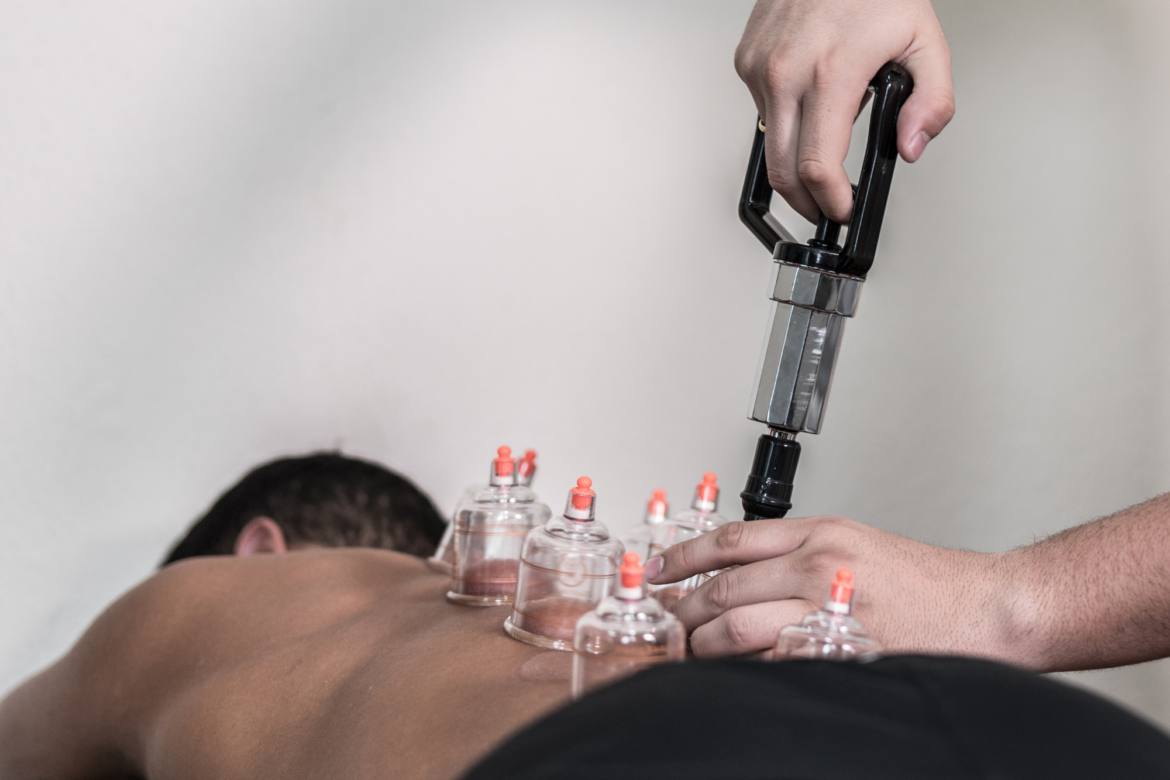Treatment Spotlight: Cupping
Have you ever wondered what cupping is? This treatment has been around for a long time but gained quite a bit of popularity after Michael Phelps was seen with unmistakable red, circular marks on his back during the 2016 Olympics after receiving this treatment himself. Today I will focus on the treatment spotlight: cupping.
What is Cupping?
Cupping is a treatment technique where plastic or silicone domes are suctioned onto the skin, either by pressing them down or using a hand pump to generate positive pressure. The skin and connective tissue layer is pulled up and away from the underlying muscles. Cups can be left in place for several minutes. It is normal for the skin underneath to become dark red during this process, and even leave a bruise for a couple of days.
What are the benefits of cupping?
Cupping increases circulation to the treatment area, as evidenced by the redness of the skin under the cup. In the clinic, this treatment is used not only to bring more blood flow to injured muscles but also to improve mobility and decrease pain. Some therapists guide their patients through exercises and stretches with the cups attached to further increase blood flow and improve mobility.
Is it just for athletes?
No! Cupping can be beneficial for people of all activity levels and ages. And it’s not exclusively meant for back pain either. For example, cupping could be used to improve knee mobility if it is limited by tight muscles above it. It could also be used to reduce knots in the upper trap muscles. The cups come in a variety of sizes appropriate for different muscles. As with any medical treatment, a medical professional should be consulted to determine if it is a safe and appropriate option before use.
Where can I learn more?
If you are a patient, ask your therapist if they are familiar with cupping and if it would be an appropriate treatment for you. Schedule an appointment at one of our clinics today to address your mobility concerns and pain!

